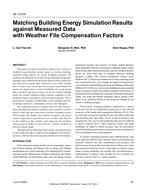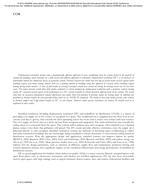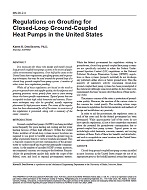Air-based and water-based indoor terminal units can be used to heat and cool indoor spaces. The choice of terminal unit has direct effects on occupant thermal comfort, and on system performance through energy and exergy inputs to heating and cooling plants and through energy and exergy inputs to auxiliary components (pumps and fans).
Energy and exergy performances of a floor heating and cooling system were compared to an air heating and cooling system using different heating and cooling plants. The whole chains of exergy flows were studied, and the importance of auxiliary components in whole system performance was studied.
The radiant floor heating and cooling system performed better than the air-based system in terms of energy and exergy input to the heating/cooling plant. In heating, floor heating required 15% and 17% smaller exergy input compared to warm-air heating, when coupled to a boiler and to a heat pump, respectively. In cooling, by using a floor cooling system coupled with the ground, the overall exergy consumption can be reduced by 78% compared to an air cooling system and 80% compared to a floor cooling system coupled with an air-to-water heat pump.
Water-based systems required significantly smaller exergy input to the auxiliary components compared to air-based systems; 68% less in heating and 53% less in cooling, indicating a clear benefit for the water-based system over the air-based system.
Pump and fan powers become comparable to heating and cooling loads when considered in exergy terms. The exergy input to auxiliary components should be minimized to fully benefit from the water-based low temperature heating and high temperature cooling systems, and in general in heating and cooling systems.
Citation: 2016 Annual Conference, St. Louis, MO, Conference Papers
Product Details
- Published:
- 2016
- Number of Pages:
- 8
- Units of Measure:
- Dual
- File Size:
- 1 file , 840 KB
- Product Code(s):
- D-ST-16-C070


